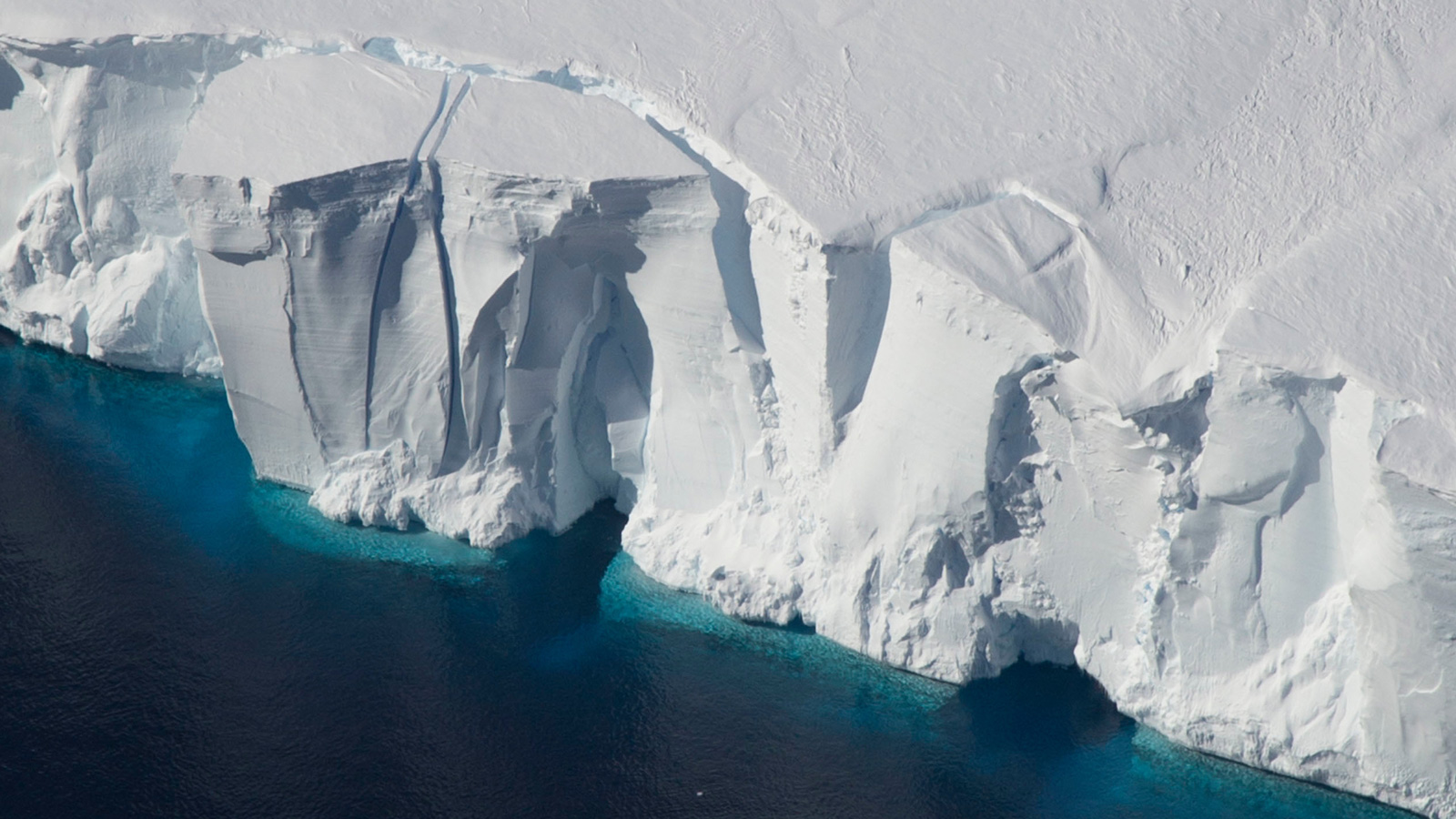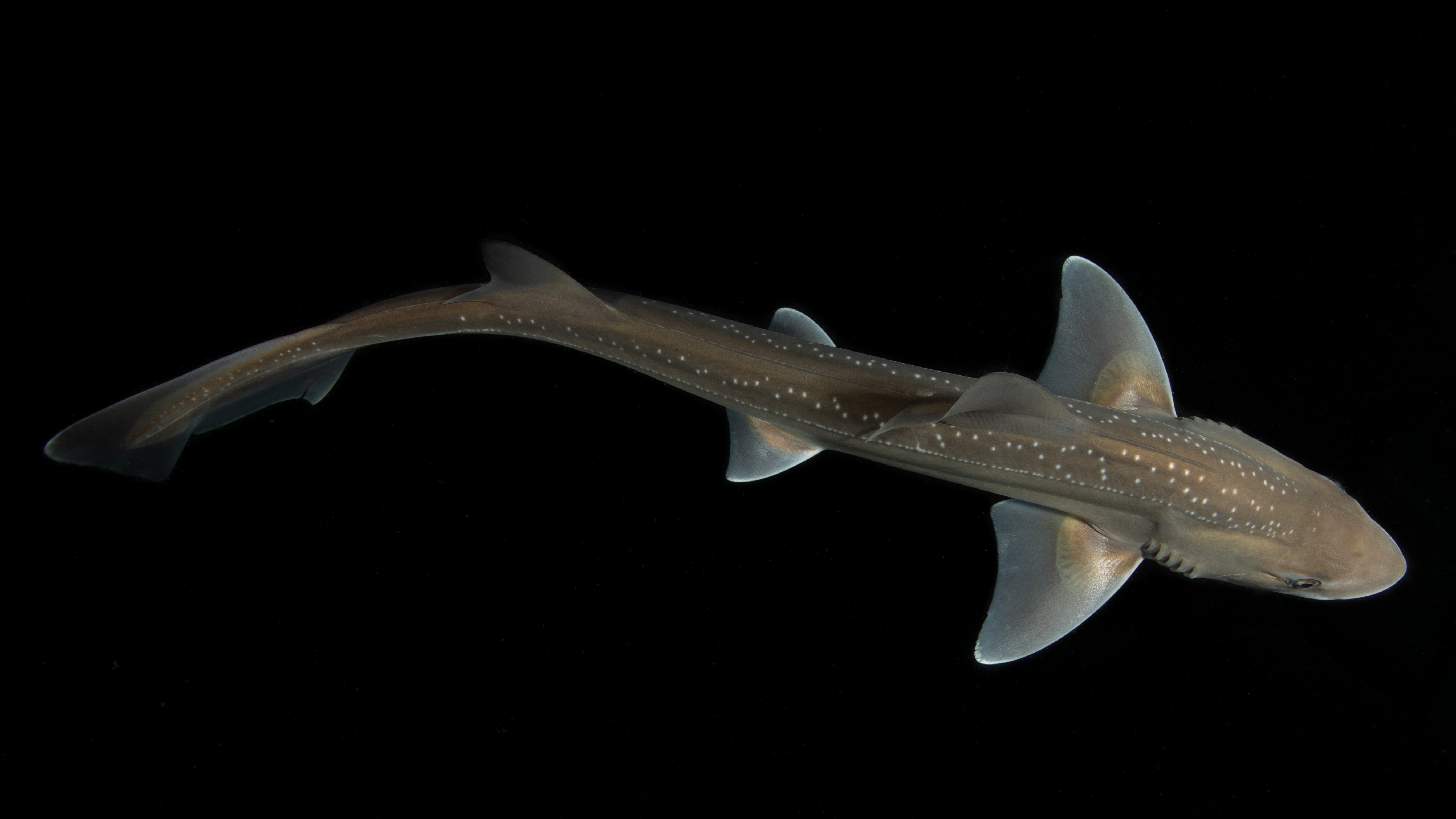Melting ice sheets will add over 15 inches to global sea level rise by 2100
Greenland and Antarctica are melting.

If humans continue emitting greenhouse gases at the current pace, global sea levels could rise more than 15 inches (38 centimeters) by 2100, scientists found in a new study.
Greenhouse gases emitted by human activity, such as carbon dioxide, contribute significantly to climate change and warming temperatures on planet Earth, studies continue to show. As things heat up, ice sheets in Greenland and Antarctica melt. A new study by an international team of more than 60 ice, ocean and atmospheric scientists estimates just how much these melting ice sheets will contribute to global sea levels.
"One of the biggest uncertainties when it comes to how much sea level will rise in the future is how much the ice sheets will contribute," project leader and ice scientist Sophie Nowicki, now at the University at Buffalo and formerly at NASA's Goddard Space Flight Center in Maryland, said in a statement. "And how much the ice sheets contribute is really dependent on what the climate will do."
Related: The reality of climate change: 10 myths busted
The results of this study show that, if human greenhouse gas emissions continue at the pace they're currently at, Greenland and Antarctica's melting ice sheets will contribute over 15 inches (28 centimeters) to global sea levels. This new study is part of the Ice Sheet Model Intercomparison Project (ISMIP6), which is led by NASA Goddard.
The ISMIP6 team investigated how sea levels will rise between 2015 and 2100, exploring how sea levels will change in a variety of carbon-emission scenarios
They found that, with high emissions (like we see now) extending throughout this time period, Greenland's melting ice sheet will contribute about 3.5 in (9 cm) to global sea level rise. With lower emissions, they estimate that number to be about 1.3 in (3 cm).
Sign up for the Live Science daily newsletter now
Get the world’s most fascinating discoveries delivered straight to your inbox.
Ice sheet loss in Antarctica is a little more difficult to predict, because, while ice shelves will continue to erode on the western side of the continent, East Antarctica could actually gain mass as temperatures rise because of increasing snowfall. Because of this, the team found a larger range of possible ice sheet loss here.
The team determined that ice-sheet loss in Antarctica could boost sea levels up to 12 in (30 cm), with West Antarctica causing up to 7.1 in (18 cm) of sea level rise by 2100 with the highest predicted emissions.
However, to be clear: These increases in global sea levels are just predictions for the years 2015 to 2100, so they don't account for the significant ice sheet loss that has already taken place between the pre-industrial era and modern day.
"The Amundsen Sea region in West Antarctica and Wilkes Land in East Antarctica are the two regions most sensitive to warming ocean temperatures and changing currents, and will continue to lose large amounts of ice," Helene Seroussi, an ice scientist at NASA's Jet Propulsion Laboratory in Southern California, who led the Antarctic ice sheet modeling in the ISMIP6 project, said in the same statement.
"With these new results, we can focus our efforts in the correct direction and know what needs to be worked on to continue improving the projections," Seroussi said.
These results are in line with estimates made by the Intergovernmental Panel on Climate Change (IPCC), whose 2019 Special Report on Oceans and the Cryosphere showed that melting ice sheets would contribute to about one-third of the total global sea level rise.
According to the 2019 IPCC report, melting ice sheets in Greenland will contribute 3.1 to 10.6 inches (8 to 27 cm) to global sea level rise between the years 2000 and 2100. For Antarctica, the report estimates that melting ice sheets will add 1.2 to 11 inches (3 to 28 cm).
The results from this new work will help to inform the next IPCC report, the sixth overall, which is set to be released in 2022, according to the same statement.
"The strength of ISMIP6 was to bring together most of the ice sheet modeling groups around the world, and then connect with other communities of ocean and atmospheric modelers as well, to better understand what could happen to the ice sheets," Heiko Goelzer, a scientist from Utrecht University in the Netherlands who is now at NORCE Norwegian Research Centre in Norway, said in the same statement.
"It took over six years of workshops and teleconferences with scientists from around the world working on ice sheet, atmosphere, and ocean modeling to build a community that was able to ultimately improve our sea level rise projections," added Nowicki, who led the Greenland ice sheet ISMIP6 project. "The reason it worked is because the polar community is small, and we're all very keen on getting this problem of future sea level right. We need to know these numbers."
This work was published Sept. 17 in a special issue of the journal The Cryosphere.
Email Chelsea Gohd at cgohd@space.com or follow her on Twitter @chelsea_gohd. Follow us on Twitter @Spacedotcom and on Facebook.
Chelsea Gohd joined Space.com as an intern in the summer of 2018 and returned as a Staff Writer in 2019. After receiving a B.S. in Public Health, she worked as a science communicator at the American Museum of Natural History. Chelsea has written for publications including Scientific American, Discover Magazine Blog, Astronomy Magazine, Live Science, All That is Interesting, AMNH Microbe Mondays blog, The Daily Targum and Roaring Earth. When not writing, reading or following the latest space and science discoveries, Chelsea is writing music, singing, playing guitar and performing with her band Foxanne (@foxannemusic). You can follow her on Twitter @chelsea_gohd.










